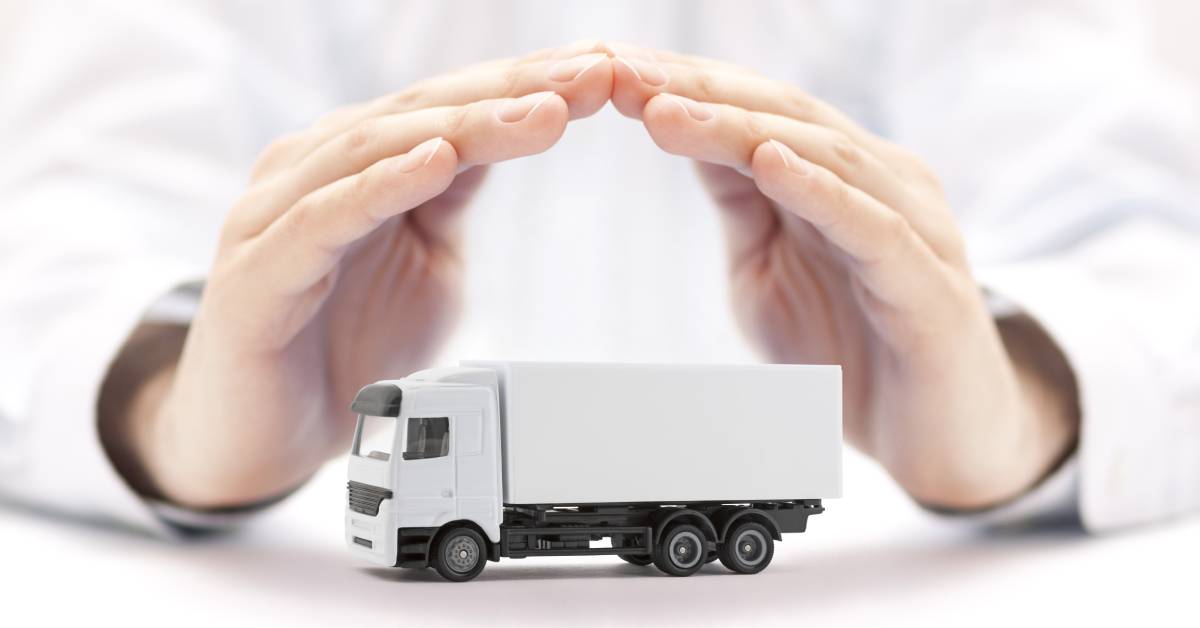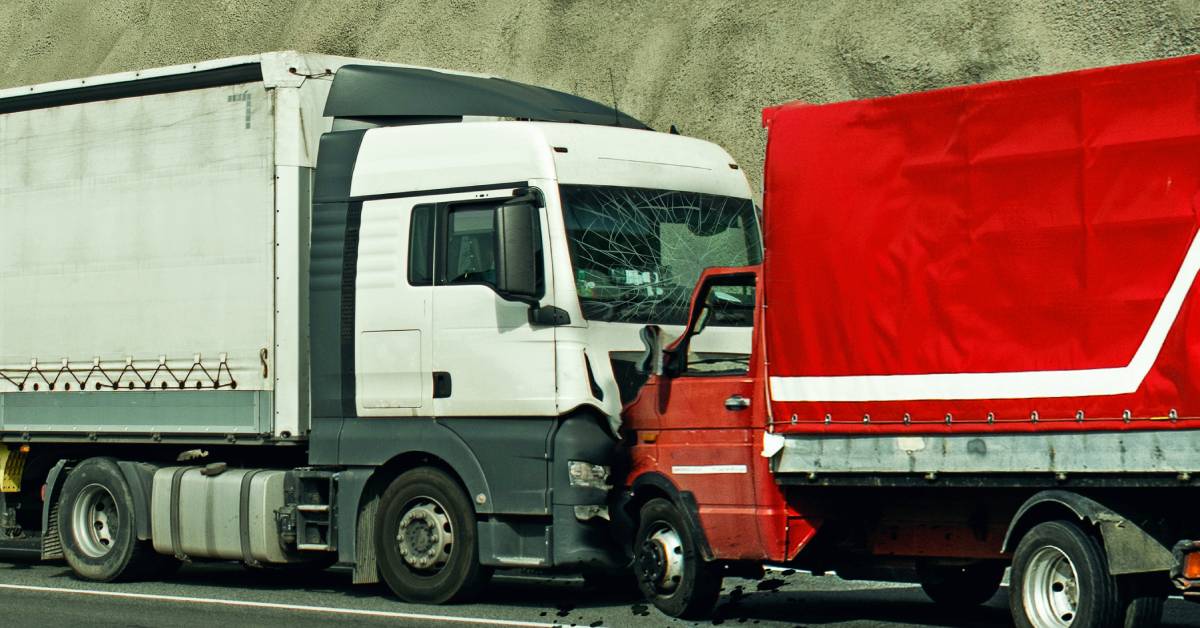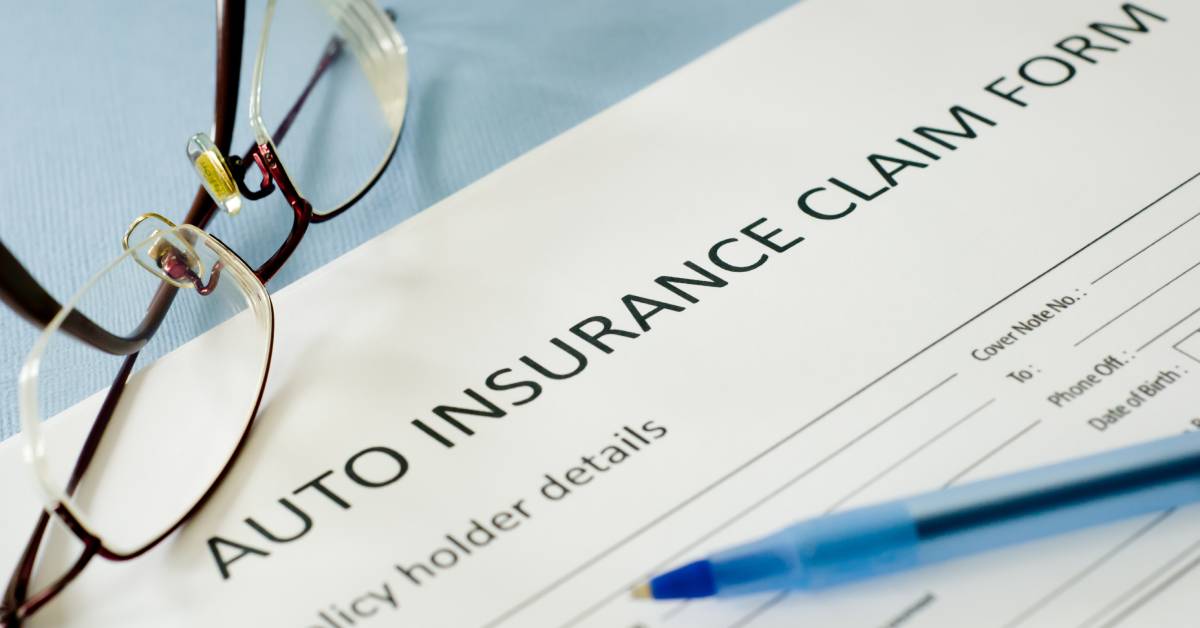How To File a Commercial Auto Insurance Claim Efficiently

When an accident involves your work vehicle, every minute spent rectifying the situation counts. Business operations depend on getting your vehicle repaired quickly and returning to normal operations. Understanding how to file a commercial auto insurance claim efficiently can mean the difference between a minor business disruption and a costly setback that impacts your bottom line.
The commercial claims process is more complex than that of personal auto insurance. It often involves higher coverage limits, stricter documentation, and greater financial impact. Fleet managers, contractors, delivery drivers, and rideshare operators all face unique challenges when filing claims. This guide walks you through each step—from the accident scene to final settlement—so you can act quickly and avoid costly delays.
What Commercial Auto Insurance Covers
Before filing a claim, it’s important to understand what your commercial auto insurance policy includes and how it differs from personal coverage.
What Is Commercial Auto Insurance?
Commercial auto insurance covers vehicles used for business, such as delivery vans, work trucks, and company cars. It applies to independent contractors, rideshare drivers, and businesses of all sizes.
These policies typically offer higher liability limits and include protection for business-use equipment, hired vehicles, and employee drivers. They also require more detailed reporting and follow stricter claims procedures than personal auto insurance.
Common Coverages Included
Most policies include liability, collision, and comprehensive coverage. Liability pays for damage you cause to others. Collision covers your own vehicle, regardless of fault. Comprehensive protects against non-collision events like theft, vandalism, or weather damage. Many commercial policies also include uninsured motorist coverage and protection for business tools or equipment stored in the vehicle.
Steps To Take After an Accident
Quick, clear actions after a crash can protect your safety and strengthen your claim. Here’s what to do right away.
Ensure Everyone Is Safe
Check for injuries and call emergency services if needed. If it’s safe, move vehicles out of traffic to prevent further accidents. Turn on hazard lights and use flares or reflective triangles if available. These steps keep everyone safe and make the scene easier to document.
Call the Authorities
Always contact police, even for minor accidents. Many states require reports for commercial vehicles, and insurers often need one to process a claim. Get the report number at the scene and ask how to obtain a copy, as it’s a key piece of documentation.
Gather Evidence
Take clear photos of all damage, the surrounding area, road conditions, and traffic signs. Get wide shots and close-ups. Exchange contact and insurance details with all drivers, passengers, and witnesses. Their statements can support your claim if questions arise later.
Notify Your Insurance Provider Promptly
Report the accident to your insurer as soon as possible—ideally within 24 to 48 hours. Delaying could risk your coverage or reduce your payout. Quick reporting also helps the insurance company investigate while details and evidence are still fresh, speeding up the entire claims process.
Most insurers offer multiple ways to file a claim, including by phone, online, or through a mobile app. For commercial claims, calling often works best. You can speak directly with a representative who understands the added complexities.
Before you report the claim, gather key details like your policy number, the accident location, date and time, and a clear description of the damage. Having this information ready helps you file accurately and avoid delays.
Document Everything
Keep a dedicated file for your claim and record every interaction with your insurance provider. Note the date, time, and content of all phone calls, save emails and letters, and write down the names of representatives along with your claim number. These details can resolve misunderstandings and protect your rights if disputes arise.
Save all receipts related to the accident, including towing, rental vehicles, and repair costs. Many commercial policies cover these expenses, but you’ll need proof to get reimbursed. Ask for detailed repair estimates from licensed shops and keep copies. Getting multiple quotes can support a fair payout and may be required for larger claims.
Work With the Claims Adjuster
The claims adjuster investigates the accident, inspects vehicle damage, and determines fault. They review police reports, interview involved parties, and request supporting documents like maintenance logs or driver records. Their findings directly influence your settlement, so accuracy and cooperation matter.
Respond promptly to any requests and provide complete, honest information. Schedule the inspection quickly and make sure the vehicle is accessible. Keep communication professional and ask questions if you need clarification. A cooperative, organized approach helps resolve your claim faster and more smoothly.
Approve and Manage Repairs
Once your claim is approved, the repair process begins. Choosing the right shop and setting clear expectations helps avoid delays and keeps your business moving. Review your policy to understand whether you can choose your own repair facility or must use shops within your insurer’s network. Network shops often provide guaranteed repairs and direct billing, which can simplify the process. However, you may prefer a shop familiar with your specific vehicle type or business needs.
Discuss repair timelines and quality guarantees before authorizing work. Commercial vehicles often require specialized parts or expertise, so ensure the chosen shop can handle your specific repair needs effectively.
Keep Timelines Realistic
Understand that commercial vehicle repairs may take longer than personal vehicle repairs due to parts availability and specialized requirements. Communicate regularly with both the repair shop and your insurance company about progress and any unexpected delays.
Plan for alternative transportation or temporary vehicle arrangements if repairs will take an extended period. Many commercial policies include rental coverage, but you may need to arrange this separately.
Finalize the Claim and Return to Business
Review your settlement carefully to make sure it includes all covered damages and matches your repair estimates and receipts. If anything seems off or missing, contact your adjuster right away. Know which costs your policy covers and which you’ll need to pay for out of pocket so you can plan accordingly.
Once the claim is closed, take a moment to reflect on what went well and where you can improve. Update your accident response procedures if needed, and make sure employees or drivers understand the correct steps to take next time. A little preparation now can make future claims easier and less disruptive.
Getting Back on the Road
Learning how to file a commercial auto insurance claim efficiently protects your business from delays and financial losses. Quick action, thorough documentation, and clear communication with your insurance company form the foundation of successful claims resolution. These skills become more valuable as your business grows and your vehicle fleet expands.



Recent Comments